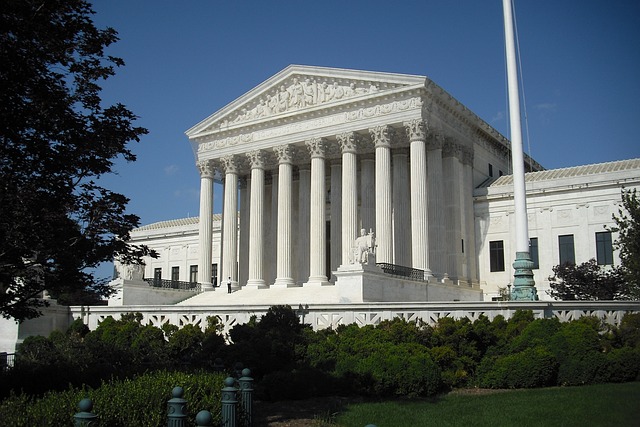On March 20, the final rule by the U.S. Environmental Protection Agency (USEPA) and the U.S. Department of the Army establishing a definition of “Waters of the United States” (WOTUS) became effective in 48 States. However, a Federal judge in Galveston, Texas granted an injunction to block WOTUS from going into effect in Texas and Idaho on March 19. The same Federal judge denied a request from construction and trade groups to grant a nationwide injunction because the entities “did not show that they or their members face irreparable harm.”
The Texas Attorney General filed a lawsuit on January 18 to defend Texas against the “unlawful Rule” defining WOTUS. A similar lawsuit filed in North Dakota seeks to prevent WOTUS from being enforced. There are 24 states included in the suit filed by North Dakota, including Montana, South Dakota, and Utah. A suit filed in Kentucky was denied on March 31 when a Federal judge found the case lacks legal standing.
In 2019 the State of Texas won a lawsuit against the Obama-era WOTUS Rule when a U.S. District Court sided with Texas. Colorado, Idaho, Montana, North Dakota, South Dakota, and Wyoming also filed lawsuits against the Obama-era WOTUS Rule. Collectively, the lawsuits resulted in a nationwide injunction on implementation of the WOTUS Rule and the now updated definition of WOTUS in the current version of the Rule.
USEPA and the U.S. Department of the Army indicated that WOTUS restores essential water protections that were in place prior to 2015 under the Clean Water Act (CWA) for traditional navigable waters, the territorial seas, interstate waters, as well as upstream water resources that significantly affect those waters. Both say the Rule will strengthen fundamental protections for waters that are sources of drinking water while supporting agriculture, local economies, and downstream communities.
WOTUS critics say it is contrary to the congressional intent of the CWA, and it infringes on the ability of the States to regulate their own natural resources. However, USEPA says the Rule returns to a reasonable and familiar framework founded on the pre-2015 definition with updates to reflect existing Supreme Court decisions, the latest science, and established limits that appropriately draw the boundary of waters subject to Federal protection.

